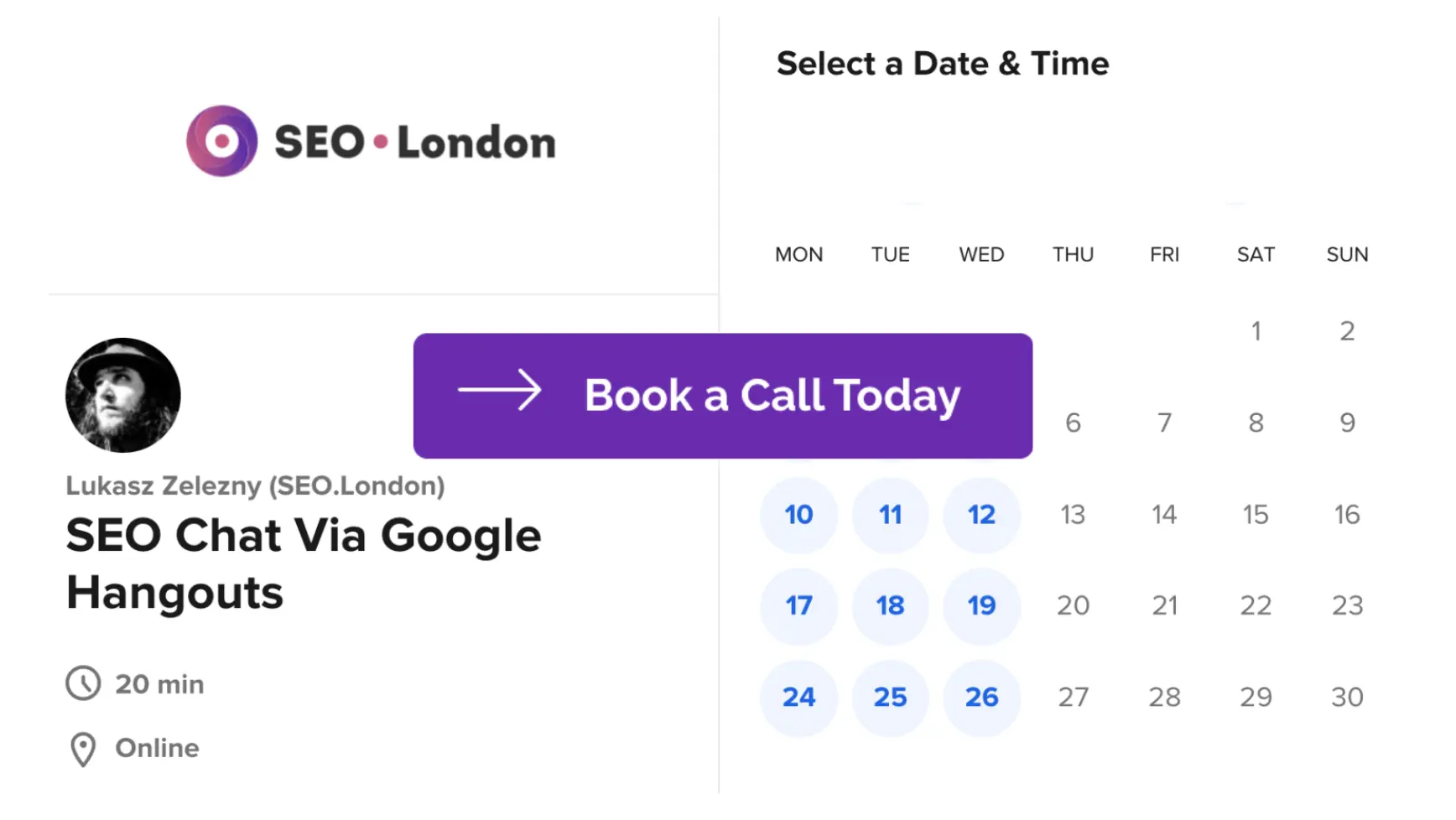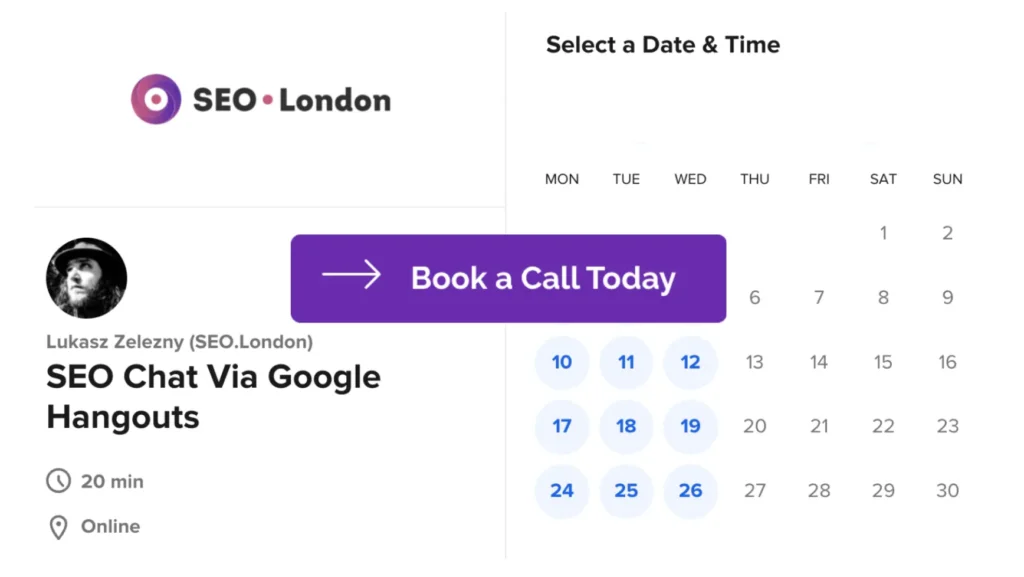What is SEO Writing
SEO writing is a crucial aspect of digital marketing that focuses on creating content designed to rank well in search engine results. Understanding why SEO writing is important allows businesses and individuals to enhance their online visibility, attract more visitors, and ultimately achieve their goals. This method involves integrating relevant keywords, such as “what is SEO writing,” into high-quality content that meets the needs of both readers and search engines. In this piece, we will delve into the fundamentals of SEO writing, exploring its key principles, techniques, and benefits. Join us as we uncover the essentials of crafting content that not only engages readers but also improves search engine rankings.
Understanding SEO Writing
Definition and Basics
SEO writing, or Search Engine Optimisation writing, is the practice of creating content that is not only informative and engaging but also optimised to rank well in search engine results. Essentially, it involves the strategic placement of relevant keywords, such as “what is SEO writing,” within the content to ensure search engines can easily identify and index the material. This practice helps improve the visibility of the content, making it more likely to appear in the top search results when users look for related information. Apart from keyword integration, SEO writing also considers factors like content readability, proper use of headers, and inclusion of meta descriptions. The ultimate goal is to create valuable content that satisfies both the search engines’ algorithms and the readers’ expectations, thereby driving more organic traffic to the website. An SEO writer plays a crucial role in this process by ensuring the content is continuously updated and optimized to maintain its relevance and ranking.
Importance in Digital Marketing
SEO writing plays a pivotal role in digital marketing by enhancing a website’s visibility on search engines. In an era where most consumers begin their purchasing journey online, appearing on the first page of search results can significantly impact a business’s success. Effective SEO writing ensures that content is easily discoverable by search engines, which in turn attracts organic traffic. Aligning content with relevant search queries can enhance visibility and attract organic traffic by matching what users are actively searching for. This organic traffic is often more valuable than paid traffic, as it tends to consist of users actively seeking information or solutions related to the content. Additionally, well-executed SEO writing can establish a brand’s authority and credibility in its industry by consistently providing valuable and relevant information. By focusing on SEO writing, businesses can build a strong online presence, engage potential customers, and ultimately drive conversions, making it an indispensable component of any digital marketing strategy.
Increase your online presence with Lukasz Zelezny, an SEO Consultant with over 20 years experience — schedule a meeting now.

Key Elements
Several key elements form the foundation of effective SEO writing. First and foremost, keyword research is essential; identifying the right keywords, such as “what is SEO writing,” ensures that your content aligns with what users are searching for. These keywords should be naturally integrated into the content, including the title, headings, and body text, without overstuffing.
Including the target keyword in various parts of the content, such as page titles, meta descriptions, and URLs, is crucial for optimizing SEO. It helps search engines understand the focus of your content and aligns it with search intent.
Another crucial element is high-quality content. The material must be informative, relevant, and engaging to keep readers interested and encourage them to spend more time on the page. This can positively impact search engine rankings.
Proper use of headers and subheaders aids in structuring the content, making it easier for both readers and search engines to understand. Additionally, meta descriptions and alt text for images enhance the content’s SEO friendliness.
Lastly, internal and external linking can improve the content’s authority and provide additional value to readers. By focusing on these elements, you can create content that excels in search engine rankings and user engagement.
Crafting Effective SEO Content
Keyword Research
Keyword research is the cornerstone of crafting effective SEO content. It involves identifying the terms and phrases that potential readers are using to search for information related to your topic. Tools like Google Keyword Planner, Ahrefs, and SEMrush can help in discovering these valuable keywords. When conducting keyword research, it’s essential to consider both short-tail keywords (e.g., “SEO writing”) and long-tail keywords (e.g., “what is SEO writing and how to do it effectively”). Long-tail keywords often have lower competition and can attract more targeted traffic.
Once identified, these keywords should be strategically integrated into your content. This includes placing them in the title, headings, meta descriptions, and naturally throughout the body text. Including the target keyword in the title tag is particularly important as it provides search engines with a clear cue about the content’s topic and can improve your ranking in search results. However, it’s crucial to maintain a natural flow and avoid keyword stuffing, which can negatively impact readability and search engine rankings. By focusing on thorough keyword research, you can create content that meets the needs of both search engines and readers.
Get More Customers Online with Lukasz Zelezny, an SEO Consultant with over 20 years experience — schedule a meeting now.

Writing for Readability
Writing for readability is a critical aspect of SEO content that ensures your audience can easily understand and engage with your material. Clear and concise writing is key. Use short sentences and paragraphs to break up the text, making it less daunting for readers. Utilise bullet points and numbered lists to highlight essential information and make it more scannable.
Headings and subheadings are also vital as they organise the content and guide the reader through the text. This not only improves readability but also helps search engines understand the structure of your content.
What to ask an SEO Consultant
Furthermore, use simple language and avoid jargon unless necessary. Aim for a conversational tone that resonates with your audience. Readability tools, such as the Flesch-Kincaid readability test, can help gauge how easy your content is to read.
By prioritising readability, you enhance the user experience, which can lead to longer dwell times and lower bounce rates—both of which are favourable for SEO.
Optimising Meta Descriptions
Optimising meta descriptions is a vital step in crafting effective SEO content. A meta description is a brief summary of a webpage’s content that appears in search engine results below the page title. While it doesn’t directly impact rankings, a well-crafted meta description can significantly influence click-through rates.
To optimise a meta description, ensure it is concise, ideally between 150-160 characters. It should accurately reflect the content of the page and include the primary keyword, such as “what is SEO writing,” to match the user’s search intent. Compelling language that entices users to click is also crucial; use action-oriented words that create a sense of urgency or highlight the benefit of reading the content.
Additionally, every page should have a unique meta description to avoid duplication issues. By optimising meta descriptions, you can attract more organic traffic and improve the overall effectiveness of your SEO strategy.
Common SEO Writing Techniques
On-Page SEO
On-page SEO is a fundamental technique in SEO writing that focuses on optimising individual web pages to rank higher and earn more relevant traffic in search engines. Key elements of on-page SEO include the use of relevant keywords, such as “what is SEO writing,” throughout the content. This includes placement in the title, headings, meta descriptions, and body text.
Additionally, on-page SEO involves optimising HTML elements like title tags and header tags (H1, H2, H3), ensuring they are descriptive and keyword-rich. Internal linking to other relevant pages on your website can also improve navigation and help search engines understand your site’s structure.
Another critical factor is the use of alt text for images, which helps search engines index the images and offers accessibility benefits. Ensuring mobile-friendliness and fast page load times are also essential aspects of on-page SEO.
By focusing on these elements, on-page SEO enhances both the user experience and search engine rankings, driving more organic traffic to your website.
Off-Page SEO
Off-page SEO refers to actions taken outside of your website to impact its rankings within search engine results pages (SERPs). Unlike on-page SEO, which involves optimising elements on your own website, off-page SEO focuses on building a website’s authority and reputation through external means. One of the most effective strategies is acquiring high-quality backlinks from reputable websites. These backlinks act as endorsements, signalling to search engines that your content is valuable and trustworthy.
Social media engagement also plays a role in off-page SEO. Sharing your content on social platforms can increase its visibility and encourage others to link back to your site. Guest blogging on authoritative websites can further enhance your site’s credibility and drive additional traffic.
Additionally, online reviews and local SEO efforts, such as getting listed in local directories, can improve your website’s authority and relevance. By concentrating on off-page SEO techniques, you can bolster your site’s overall SEO performance and attract more organic traffic.
Content Structuring
Content structuring is a crucial technique in SEO writing that enhances readability and helps search engines understand your content better. A well-structured piece of content typically starts with a compelling introduction that outlines what the article will cover. This is followed by logically organised sections and subsections, each with its own heading (H1, H2, H3, etc.) to guide the reader through the material.
Using bullet points and numbered lists can break up dense paragraphs, making the content more scannable. These elements help readers quickly find the information they are looking for, improving user experience. Additionally, incorporating relevant keywords in headings and subheadings can boost SEO performance.
Internal links to related articles within your website can further enhance the structure, providing additional value to the reader and helping search engines crawl your site more effectively. By focusing on clear and logical content structuring, you can create material that is both user-friendly and optimised for search engines.
Measuring SEO Writing Success
Analytical Tools
Analytical tools are indispensable for measuring the success of your SEO writing efforts. Google Analytics is one of the most popular tools, offering insights into various metrics such as organic traffic, bounce rates, and average session duration. These metrics can help you understand how well your content is performing and where improvements may be needed.
Another essential tool is Google Search Console, which provides data on your website’s search performance, including keyword rankings and click-through rates. It also alerts you to any technical issues that might be affecting your search visibility.
Third-party tools like Ahrefs, SEMrush, and Moz can offer additional insights, such as backlink profiles and competitive analysis. These tools allow you to track keyword rankings over time, identify opportunities for new content, and understand the strategies of your competitors.
By regularly monitoring these analytical tools, you can make data-driven decisions to refine your SEO writing strategy and achieve better search engine rankings.
Key Performance Indicators
Key Performance Indicators (KPIs) are essential metrics for evaluating the success of your SEO writing. Organic traffic is a primary KPI, indicating the number of visitors reaching your site through search engines. High organic traffic suggests that your content ranks well for relevant keywords.
Bounce rate is another critical KPI, measuring the percentage of visitors who leave your site after viewing only one page. A high bounce rate might indicate that your content is not engaging or relevant to the audience’s search intent.
Conversion rate is also vital, showing the percentage of visitors who complete a desired action, such as filling out a form or making a purchase. This KPI helps assess how well your content drives users towards your business goals.
Other important KPIs include average session duration and pages per session, which provide insights into user engagement and content effectiveness. By tracking these KPIs, you can make informed decisions to improve your SEO writing strategy and achieve better results.
Continuous Improvement
Continuous improvement is a fundamental principle in measuring SEO writing success. The digital landscape and search engine algorithms are constantly evolving, making it essential to regularly update and optimise your content. Start by conducting periodic audits of your existing content to identify areas for improvement. This might include updating outdated information, refining keyword usage, or enhancing readability.
Utilise analytical tools to monitor performance metrics like organic traffic, bounce rates, and conversion rates. These insights can guide your optimisation efforts, helping you understand what is working and what needs adjustment.
A/B testing different elements of your content, such as headlines, meta descriptions, and calls-to-action, can also provide valuable data on what resonates best with your audience. Additionally, staying informed about industry trends and algorithm updates ensures your strategies remain effective.
By committing to continuous improvement, you can maintain and enhance your content’s relevance, ensuring sustained success in search engine rankings and user engagement.
SEO Writing Best Practices
Avoiding Keyword Stuffing
Avoiding keyword stuffing is crucial for effective SEO writing. Keyword stuffing refers to the practice of overloading a webpage with keywords in an attempt to manipulate search engine rankings. This outdated tactic not only results in poor readability but can also lead to penalties from search engines like Google, which prioritise user experience.
To avoid keyword stuffing, focus on naturally integrating keywords into your content. Use synonyms and related terms to maintain a natural flow. Aim to include keywords in strategic locations such as the title, headings, and meta description, but ensure they fit contextually within the text.
Additionally, prioritise high-quality content that provides real value to readers. Search engines are increasingly sophisticated and can recognise content that genuinely addresses user needs. By concentrating on creating informative, engaging, and well-structured content, you can use keywords effectively without resorting to stuffing, thereby improving your chances of ranking well in search results.
Using Synonyms and Variations
Using synonyms and variations of your primary keywords is a best practice in SEO writing that enhances both readability and search engine optimisation. Search engines now use sophisticated algorithms that recognise semantic relationships between words. By incorporating synonyms and related terms, you can create more natural and engaging content without overloading it with repetitive keywords.
For instance, if your primary keyword is “what is SEO writing,” you might also use phrases like “SEO content creation” or “optimised writing techniques.” This approach not only prevents keyword stuffing but also broadens the scope of your content, making it relevant to a wider range of search queries.
Moreover, using synonyms and variations helps in reaching different segments of your audience who may use different terms to search for the same information. This strategy improves the overall user experience and can help your content rank for multiple related search terms, thereby increasing its visibility and effectiveness.
Balancing SEO and Creativity
Balancing SEO and creativity is essential for producing content that ranks well and captivates readers. While it’s crucial to incorporate relevant keywords like “what is SEO writing,” it’s equally important to maintain a natural and engaging writing style. Over-focusing on SEO can lead to content that feels robotic and unappealing to readers.
Start by outlining your main message and ideas before considering SEO elements. This ensures that your content remains focused and valuable. Once your draft is complete, integrate keywords in a way that feels organic, enhancing the text rather than disrupting it.
Creativity in content can be expressed through compelling storytelling, unique perspectives, and engaging formats like lists or infographics. These elements can make your content more shareable and memorable, which indirectly benefits SEO by attracting more backlinks and social shares.
By striking a balance between SEO requirements and creative expression, you can create content that not only ranks well but also resonates deeply with your audience.



